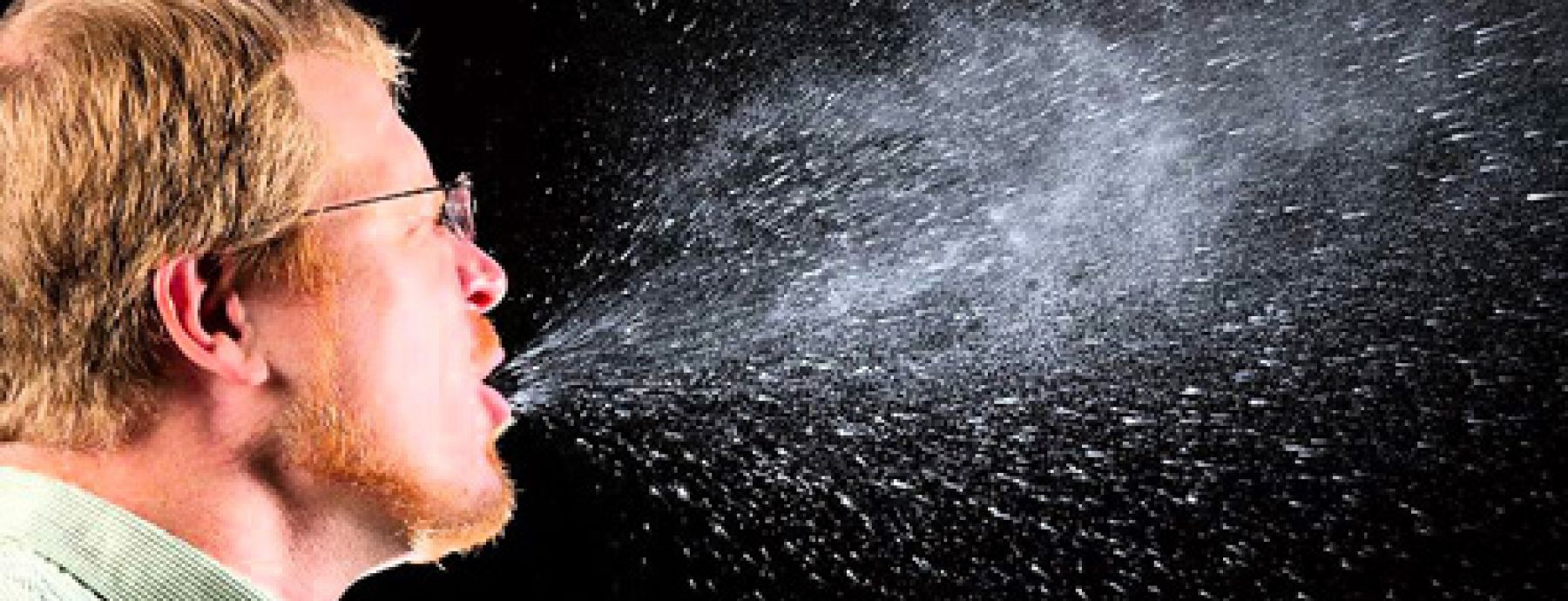Disease transmission is imperative for the survival of pathogens. Some infectious diseases, such as influenza and measles, which spread via aerosolized droplets, often require close encounters between infected and uninfected individuals for efficient transmission. These contacts, referred to as close proximity interactions, happen thousands of times a day between individuals, increasing the probability of disease transmission. Therefore, places with a higher frequency of close proximity interactions, for instance schools, are particularly susceptible to outbreaks of infection.
Penn State's Marcel Salathé led a study where the contact network between 655 students, 73 teachers, 55 staff, and 5 others in an American high school was measured. Utilizing wireless tracking sensors, they found more than 760,000 instances in which individuals came face to face within 10 feet of each other: the furthest distance that a disease can be transmitted via aerosolized droplets. This tracking data formed a social contact network that the authors then used as the foundation for a computer simulated model of the transmission of an influenza-like disease. The simulation results closely resembled H1N1 spread during the fall of 2009, validating the strength of their transmission network data. Furthermore, when immunization strategies were incorporated into the model, their data showed that vaccination was significantly more efficient at preventing disease when based on the social contact network as compared to random immunization strategies that do not take these data into account. Overall, this study provides important insights into droplet-based disease transmission via contact network analysis.
Synopsis written by Alexia Karanikas
Written By: Salathн© M, Kazandjieva M, Lee JW, Levis P, Feldman MW, & Jones JH
Paper Url: http://www.pnas.org/cgi/doi/10.1073/pnas.1009094108
Paper Id: 10.1073/pnas.1009094108
